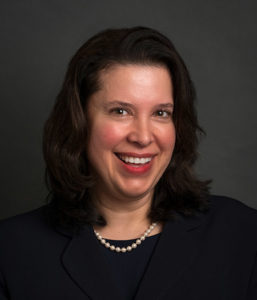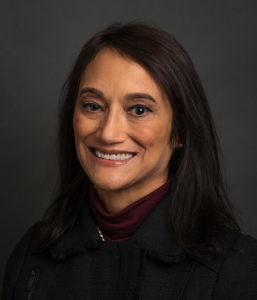New York City Urgent Care Malpractice Attorneys
What is an Urgent Care Center and How Does it Operate?
Urgent Care centers are also referred to as Walk-In Care, Immediate Care, or Convenient Care. No matter which name is used, the function and purpose is the same: to provide medical treatment for patients with acute conditions and minor trauma. No appointment is necessary to see a doctor and the hours of operation are greater than a doctor’s office, especially at night and on weekends. Urgent care centers do not take patients with serious, life threatening, or permanently disabling conditions. The basic services offered at an urgent care center are urine tests, pregnancy tests, and a rapid strep test to diagnose strep throat. Medical staff can also use stitches and sutures to close wounds when necessary. Some facilities can perform blood tests and may be equipped with X-ray machines. If a break is detected, urgent care staff are able to fit patients in casts before sending them to an orthopedist for continuing care.
With urgent care centers, there is no on-going or continuing doctor-patient relationship. Patients who are examined and provided with a diagnosis at an urgent care center are encouraged to follow up with their primary care physician or a specialist. Urgent care centers are not designed to take the place of a primary care physician.
The Rise in Popularity of Urgent Care Centers
Urgent care centers began to open across the country in the 1970s and began to grow in popularity in the 1990s. Many urgent care centers are located in convenient areas such as shopping centers and strip malls so patients have easy access to the facility. There are over 9000 urgent care facilities in the U.S. with an additional 50-100 opening every year as the demand grows for alternatives to emergency rooms. Long wait times in the ER and the increasing cost of healthcare have also been a contributing factor to the popularity of urgent care centers. An insurance copay for a visit to an urgent care center comes closer in cost to a visit to a primary care physician than to the cost of an emergency room visit. Patients are also attracted to the walk-in policy and swift service. New York, Florida, California, Texas and North Carolina all rank in the top 10 states with the largest number of urgent care centers.
Staffing and Regulations
While some urgent care centers are owned and affiliated with hospitals or physician groups, many are owned and operated by a corporation, franchise, or an individual with no experience in the medical field. There are doctors on staff, but is not uncommon for a physician assistant or nurse practitioner to see patients instead of a doctor. Physician assistants do not have as many requirements as doctors when it comes to education and clinical training, but they are able to examine patients and write prescriptions under a doctor’s supervision. Nurse practitioners are also able to examine patients and write prescriptions. In New York, nurse practitioners do not need to work in collaboration with a physician after completing 3,600 hours of clinical practice.
Urgent care centers currently do not fall under the same regulations and quality standards as hospital emergency rooms and physicians’ offices. As a result, urgent care centers may not be inspected as frequently or diligently as hospitals. Urgent care centers can also refuse treatment to anyone who does not have health insurance. Organizations that work directly with urgent care centers are looking towards improved accreditation and regulation. Until then, it will remain very difficult for patients to either research the safety record of an urgent care canter or issue any sort of official complaint.
Medical Errors and Problems Associated with Urgent Care Centers
Even with the convenience of Urgent Care Centers, there are many issues that can cause problems for patients. The lack of regulation (including uniform standards and guidelines) can lead to oversight in the level of patient care. Doctors working at urgent care centers may not be trained in emergency medicine or may lack the experiencing in examining and diagnosing medical conditions in children. Physician assistants who are required to be supervised by a doctor are sometimes only done so over the phone or by email. The rush to get patients in and out quickly can easily lead to an incorrect or missed diagnosis since doctors and staff are not spending enough time in the examining room. Some of the most common examples of medical malpractice in regards to an urgent care center include:
- Misdiagnosis
- Failure to Diagnose
- Failure to Treat
- Medication Errors
- Inaccurate Evaluation
- Lack of Proper Follow-Up Instructions
Legal Help for Urgent Care Medical Malpractice Victims in New York City
A misdiagnosis or a failure to diagnose by doctors and medical staff at an urgent care facility can lead to unnecessary and possibly avoidable pain and suffering. If you or a loved one has been a victim of medical malpractice at an urgent care center, contact an urgent care medical malpractice attorney at the law firm of Finz & Finz, P.C., toll free at (855) TOP-FIRM or fill out the Free Urgent Care Medical Malpractice Evaluation Form.



























